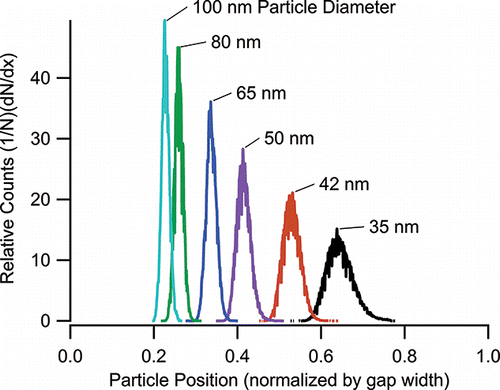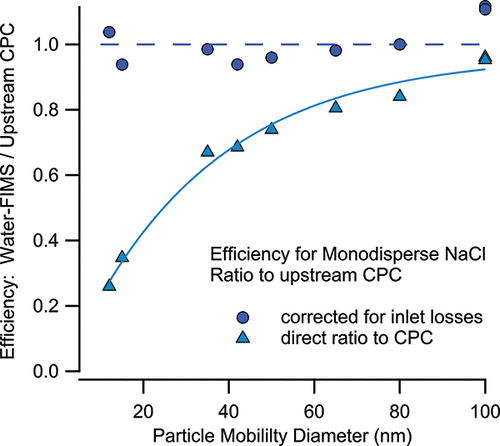Figures & data
Figure 1. Schematic of the water-FIMS system, showing mobility separator, water condensation growth channel and detection zone. The system uses a parallel plate geometry. In this sketch the gap dimension has been greatly magnified with respect to the length.
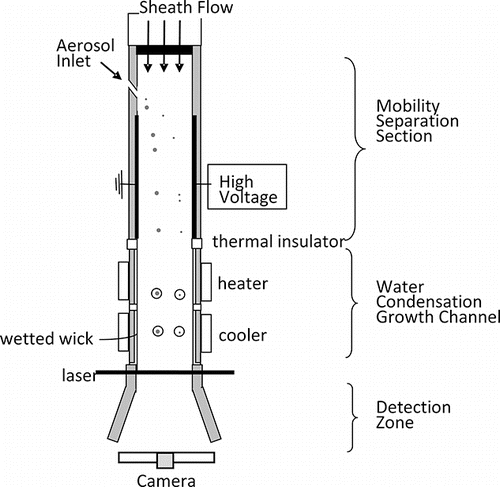
Figure 2. CAD image of the water condensation growth channel showing the Active Insulator, Initiator, Moderator, and Optics. Temperature control is provided by thermo-electric devices and cartridge heaters. Wicks are held in place by threaded clamps (green) and self-sealing bolts (not shown) and sealed by o-rings.
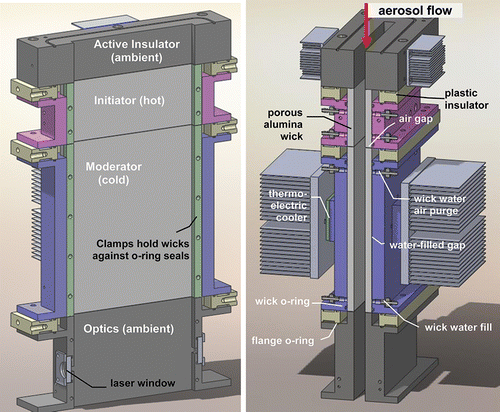
Figure 3. Experimental configuration (a) for measuring droplet size produced by the growth channel, and (b) for evaluation with monodispersed particles. CPC is a condensation particle counter; APS is TSI 3321 aerodynamic particle sizer; long DMA is TSI Model 3081 differential mobility analyzer.
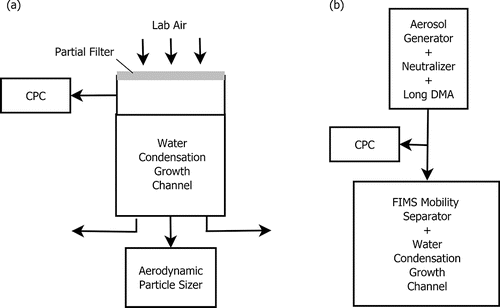
Figure 4. Size spectra of droplets exiting the growth channel at an initiator temperature of 55°C at flow rates of 10, 13, and 16 L/min. Inlet temperature is 24°C; equilibrator temperature is 11–12°C.
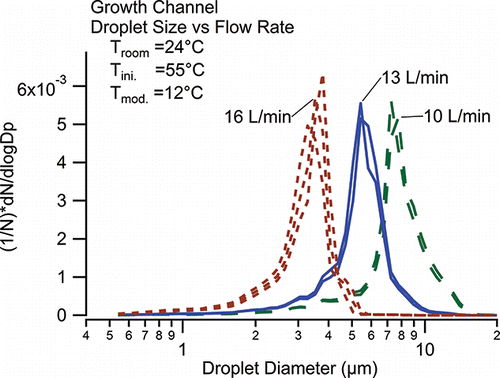
Figure 5. Images obtained from CCD of 100 nm, 65 nm, and 42 nm DMA classified NaCl particles in the prototype water-FIMS. Gray lines indicate the edges of the separation channel (i.e., the electrode surface). The ground plane, along which the particles are introduced at the top of the separator, is on the left; the high voltage electrode is on the right.

Figure 6. Histogram of particle concentrations vs. position in the mobility separator for 6 sizes of monodisperse sodium chloride aerosols. Aerosol and sheath flows were 0.3 L/min and 13 L/min, respectively. The mobility separator was operated at 700 V.
